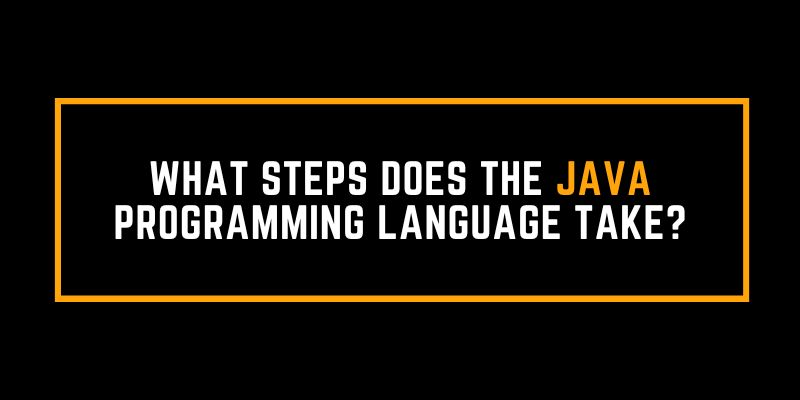
Java is a high-level programming language many programmers prefer because of its unique features. Java programmes cannot be run on a standard computer because high-level programming languages must first be transformed into machine code, which is why we use a Java compiler. Join Java Training In Chennai at FITA Academy for the best coaching from industrial experts.
It relates Java language to machine language, making it understandable to machines. It is a platform-independent language that does not support simple one-step compilation.
How Java Program Works?
- For this first stage, we must have java source code; otherwise, we will be unable to run the programme. Use the program.java extension when saving this file.
- The second requirement is the usage of a compiler, which translates the source code into java bytecode and adds the program.class extension to it.
- The Java Virtual Machine, an interpreter that takes each statement from the Java bytecode step by step and transforms it into a more machine-level language so that the machine can execute the code, is used to run the Java bytecode.
Execution Process of Java Program
Creation of a Java Program
Solving any problem entails physically writing the programme in any text editor, whether referring to developing a programme or typing code. You can choose whether to edit a programme after it has been written. A programme is not created when it is created; rather, it is just modified and saved to the device. Get the best Java Training with certified Trainers at FITA Academy. Here, we offer the training with the recently updated syllabus in Java Online Course.
Compiling a Java Program
Now that the programme has been generated and is error-free, we may proceed to compile it. When we compile a programme, the compiler does so, and if the programme is error-free after being compiled, we can continue to run it. Obtain the result you want.
Java Virtual Machine loads the programme into memory
When the JVM wants to load the .class file extension before executing, it requires a lot of memory. The method of placing a programme into memory for execution is known as loading.
Verifying bytecode on the Java Virtual Machine
JVM has bytecode validation to keep the program secure. To guarantee software security validates bytecode code only after classes have been loaded into memory. By doing this, the bytecodes are made accessible and legitimate.
Java Program Execution
The JVM performs the processes above while decoding the bytecode. Older JVMs were sluggish and could only interpret one code byte at once. Nowadays’ JVMs are extremely quick because of JIT (just-in-time) compilation units.
Java Virtual Machine
There are three steps we must take, and it is frequently referred to as JVM. Given that it is created in both locations, it is a crucial component of JDK and JRE. The JVM is invoked when a programme is run using JRE and JDK since it is required to run Java programmes and interpret them. Java Training In Coimbatore will help you to place in a Top IT company with a certificate in Java.
